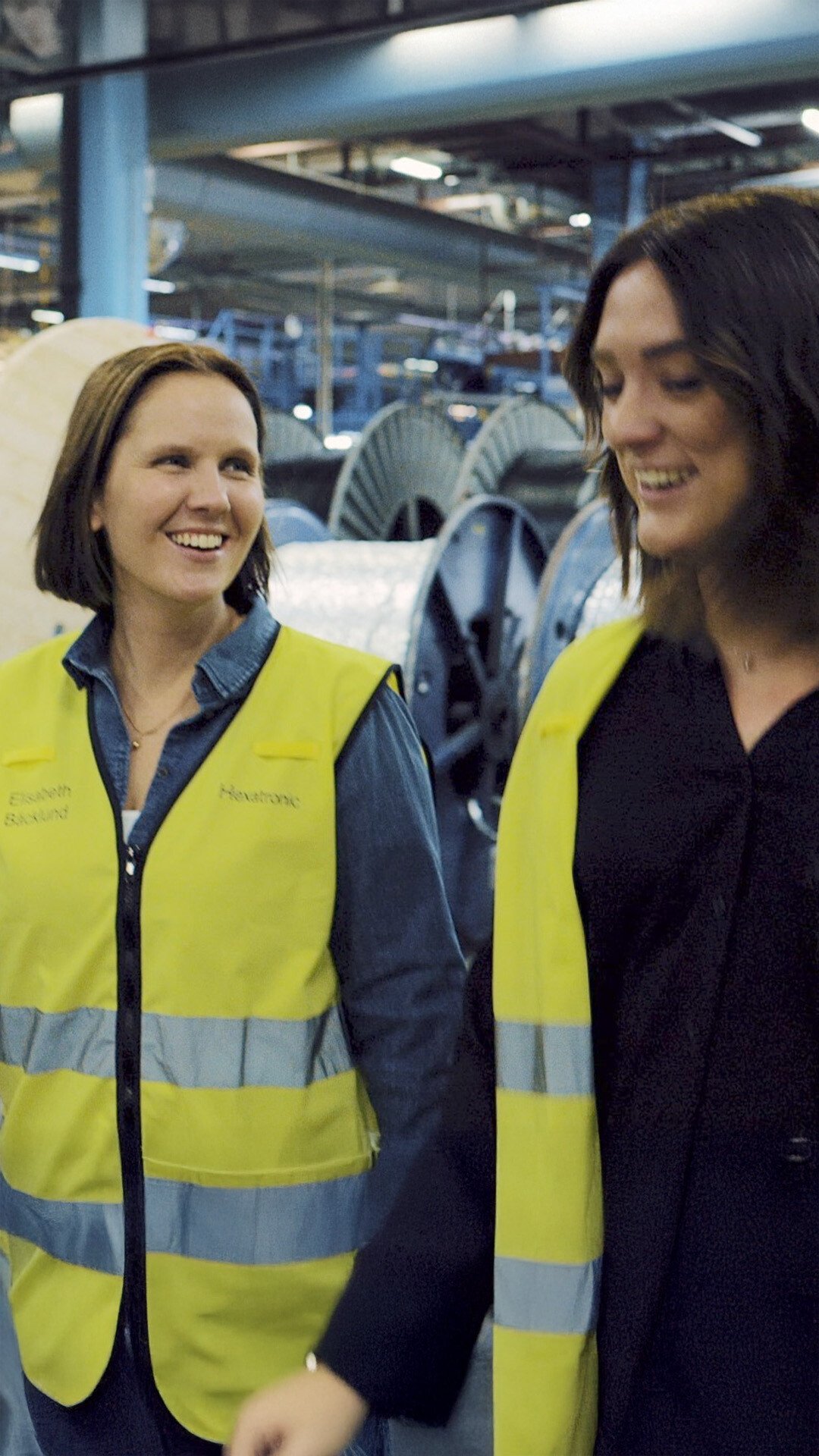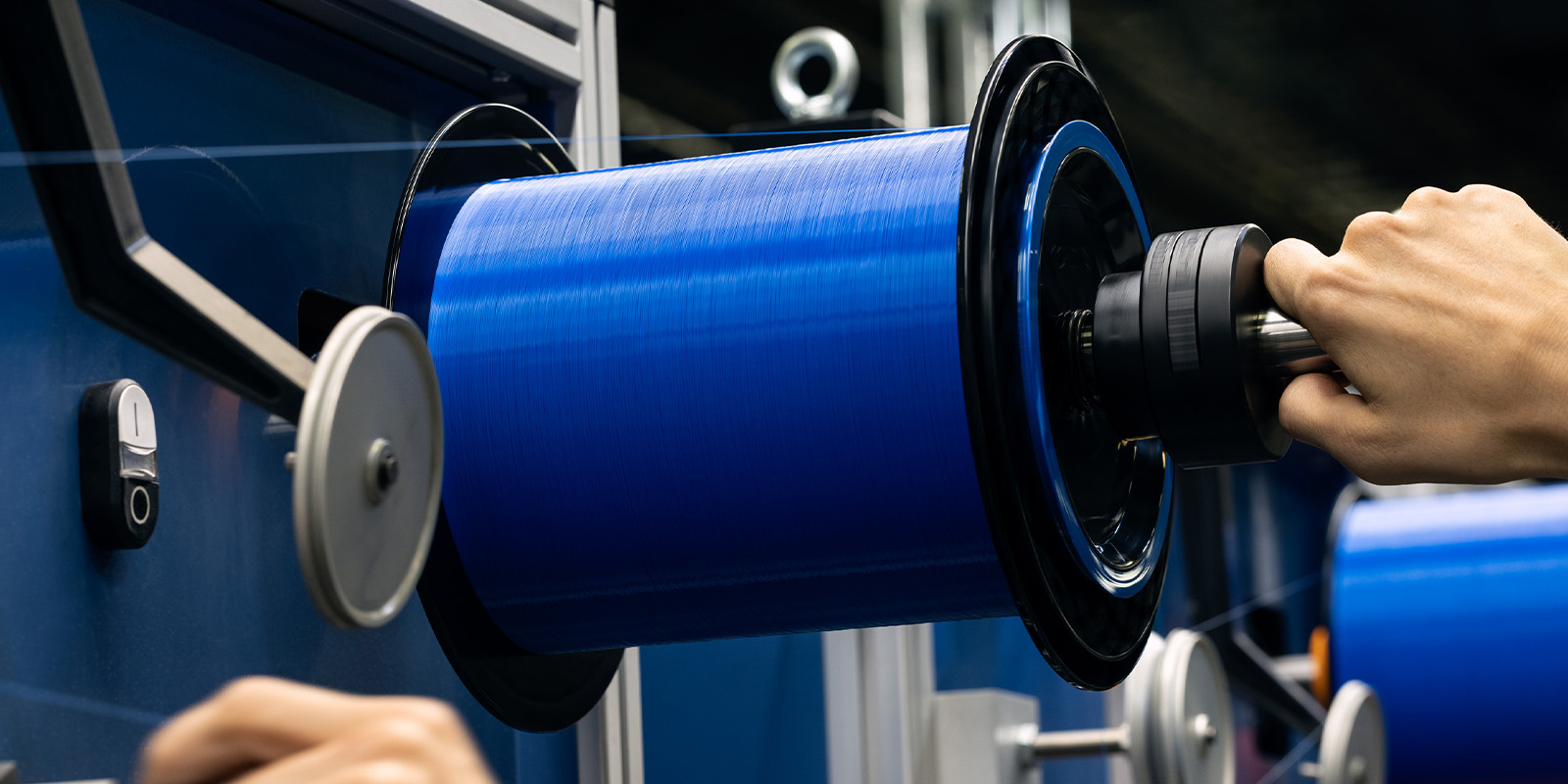A fiber optic network is like a giant puzzle and not two are identical. Depending on the desired application, performance, cost, or topographical challenges, the optimal mix of components will differ from case to case. Accordingly, there is no one-network-fits-all solution. But, there is a logic way of structuring products according to their intended use. Let's have a look at some basic product categories.
Introduction
There are massive investments in fiber networks going on today. The transport networks are strengthened to be able to handle the exploding Internet traffic, bandwidth-hungry and low latency networks for datacenters for IT tech giants pop up everywhere, massive rollout of FTTH is happening globally and we have only just started to realize how much fiber capacity will be required for 5G and future wireless applications!
Fiber optic networks literally span the entire globe today. Submarine and terrestrial long-distance fiber networks form the core “highways” of the Internet as we know it today. As we move into national networks, regional networks, city networks and eventually the access networks, that connect our homes or businesses, the “mesh” becomes finer and finer. But it’s all the same basic optical fiber technology that is used.
To build all the different fiber networks a wide range of physical products is of course required. At the highest level products can be divided into active and passive products. Active products require power to function and here we find the equipment that handles the transmission of light in the optical fibers, i.e. that send and receive the information (light pulses). The principle is the same whether it’s a long-distance network or an access network; laser light is sent from transmitters and received by receiving units. But the systems are quite different if it’s an Atlantic submarine cable or a FTTH connection. For FTTH the dominating systems are Gigabit Passive Optical Networks (GPON) or Ethernet based switches.
Here we will, however, focus on the passive products in a fiber network. Passive products require no power to function and the “only” purpose is to provide a fiber link from the starting location (like a central office) to the location to be served (like a home). This sounds easy enough, right? As we will see there are many products used and many parameters to consider when deploying a fiber network!
Optical fibers - the rest is packaging!
Before we turn to the different product categories found in a fiber network, we will discuss the optical fibers used. It is true that the “rest is packaging” – the fiber optical cables, duct systems, joint closures, wall boxes and other products only serve to make the optical fibers possible to install, protected and possible to access for maintenance or expansion. The transmission properties of the optical fiber are inherent to the fiber itself.
Almost all fiber networks use single-mode optical fibers today. Within that family there are different types standardized by IEC/ITU. The ITU recommendations are most widely used, and the basic types are briefly described here:
| Fiber type family (ITU) | Description | Typical use |
| G.652 | Standard single-mode fiber | Traditionally the mainstay in most fiber applications. Can be used for transport networks, regional networks and access networks. |
| G.657 | Bend insensitive single-mode fiber | This range of fibers was developed in the mid 2000’s to enable smaller bend radius installations typically seen in FTTH networks. Based on G652 but with smaller allowed bend radius – even down to 5mm radius in the most extreme versions. Today the natural choice for most access network applications. |
| G.654 | Fiber for long-distance networks with low loss and high-power requirements | These fibers are used in long-distance submarine and terrestrial networks where the transmission requirements are very high. The cost is much higher compared to more standard G652 and G657 fibers. |
| G.655 | Non-zero dispersion shifted long distance fiber. | This type targets specific networks where a small but non-zero dispersion value is desirable. Not so common anymore in modern networks. |
It’s all about the application
We have already concluded that there are many different types of fiber networks. In addition, there are many different environments to consider. In the picture below we have four basic scenarios; aerial installation, ground installation, underwater installation and indoor installation.

It is easy to understand that the products used in these scenarios differ greatly. Let’s look at some examples for fiber cables specifically:
- For aerial installations the cables (or ducts) are exposed to wind load, UV light and possible ice load. Special products that can handle these loads and environmental conditions are required
- For ground installation the fiber cables must be strong enough to be buried directly in the ground or, if duct systems are used, be able to be air-blown or water jetted long distances
- For underwater installation special submarine cables are used. To protect the fibers from water and potentially high pressure a hermetical metal tube is used together with different steel armoring options
- For indoor installation there are normally some kind of fire performance requirements to consider. This is related to fire safety in residential buildings, public buildings etc. which requires fiber cables with special materials that limit fire spread and dangerous smoke during a fire.
To more easily illustrate the typical products that are used in a fiber network we will now look deeper into an example: a typical outdoor, direct buried FTTH network.
Product categories in a buried FTTH network
Let’s follow a FTTH network from Central office or Point of Presence (PoP), where the active equipment is placed, all the way to the customer premise.
Central office and PoP’s
The central office functionality can either be placed inside a building or inside an active street cabinet. The choice is mainly depending on if the network owner has access to buildings or if street cabinets are more suitable. Inside buildings one or more rack systems are typically used. These rack systems can house active equipment, passive equipment or a combination thereof. An active street cabinet, on the other hand, is a miniature central office and the functionality is the same. Since active equipment is installed here it is normally necessary to have a controlled climate (heating and cooling equipment).
Inside the rack systems or street cabinets Optical Distribution Frames (ODF’s) are used to provide a cross-connect interface between the active part and the fiber going to the customer. Single-fiber patch cords are used to connect the active equipment with the passive ODF.
|
|
|
  |
“Mini Pop” active cabinet, standard 19” rack system and ODF-solutions with a patch cord.
Traditional fiber optic cables
Traditional fiber cables come in many different shapes. For underground applications there are two basic types: direct buried cables and duct cables. Direct buried cables have an extra tough protection in the form of a metal armoring which allows the cable to be put directly into the ground. Duct cables are lighter and are installed into protective main duct systems, typically with a diameter of 30-50mm, by pulling, air blowing or water jetting.
In both cable types the individual fibers are organized in loose tubes with 4, 12 or 24 fibers as typical examples. These tubes are cabled around a central strength member that protects the fibers from tensile forces during installation. A cable sheath completes the cable design. Fiber counts can range from very few up to hundreds of fibers depending on application and network topology.
Traditional fiber cables are today still commonly used in some transport networks but on many markets microduct cabling systems have taken over city and access network applications due to the very high flexibility and scalability.
 |
 |
Direct buried (armored) fiber cable (top) and duct installation fiber cable (bottom).
Microduct cabling systems
These systems have seen a remarkable development and global adoption during the last 15-20 years. Common for microduct cabling systems is that a duct infrastructure is built day one and then miniaturized fiber optic cables are installed when there is a need; this means that cost can be deferred. Micro cable systems are excellent to distribute medium to high fiber counts, typically 12-432 fibers, from a central office to the area of deployment. Air-blown fiber systems are then used to connect all premises in the area with, typically, 2-12 fibers.
By using duct connectors and other hardware it is possible to build a duct route all the way from a customer premise to a local street cabinet and thereby avoid costly splicing or fiber connector interfaces.
 |
 |
 |
|
 |
 |
7x14/10mm duct assembly and a micro cable (top), 12x7/3.5mm duct assembly and an air-blown fiber unit (middle) and microduct connector and microduct cable seal (bottom).
Joint closures
Joint closures are used to join or branch fiber optic cables. Joint closures can be installed directly in the ground or in cable hand- or manholes. For that reaso the joint closures must protect the delicate fiber splices from mechanical damage, dirt and water ingress. There are many different sizes and types of joint closures available depending on application.
 |
 |
Joint closure with splice cassettes (left) and a compact drop network closure (right).
Street cabinets
Cabinets are very common in FTTH deployments since it is easy to access the fibers and ducts to add new customers and perform maintenance. Fiber cables from the central office are spliced to drop cables that go to the individual premises. For point to multipoint topologies passive splitters are usually placed here. Some networks also require a connectorized interface in the cabinet for testing or cross-connect functionality. Different markets also have different requirements when it comes to size and level of protection. A typical number of customers connected to a street cabinet is 40-100 but variations can be large.
 |
 |
Street cabinet in stainless steel (left) and plastic street cabinet with interior shown (right).
At the Customer premise
The fiber network is terminated at the customer premise. This can be in an external wall box or in an internal wall box. From this point a short patch cable is used to connect to the active equipment situated at the customer premise.
 |
  |
External customer wall box (left) and internal customer wall box (right).
Summary
We have concluded that major investments are done for fiber networks globally – whether it is high-capacity long-distance networks or the booming FTTH networks. Products are required for many different installation environments, ranging from aerial networks to the bottom of the Atlantic Ocean. To get a feel for the type of passive products required we have followed an underground FTTH network all the way from the central office to the customer premise.
Learn more about FTTH technologies and business from our experts.
This article was originally published in November 2020 and has been updated with minor edits.



























